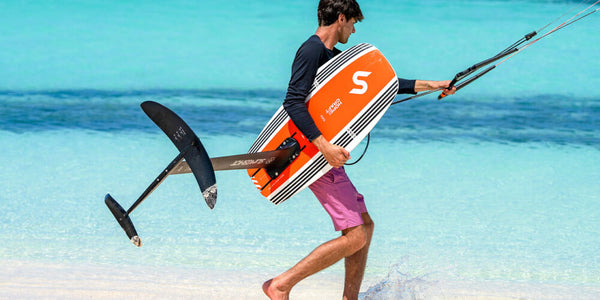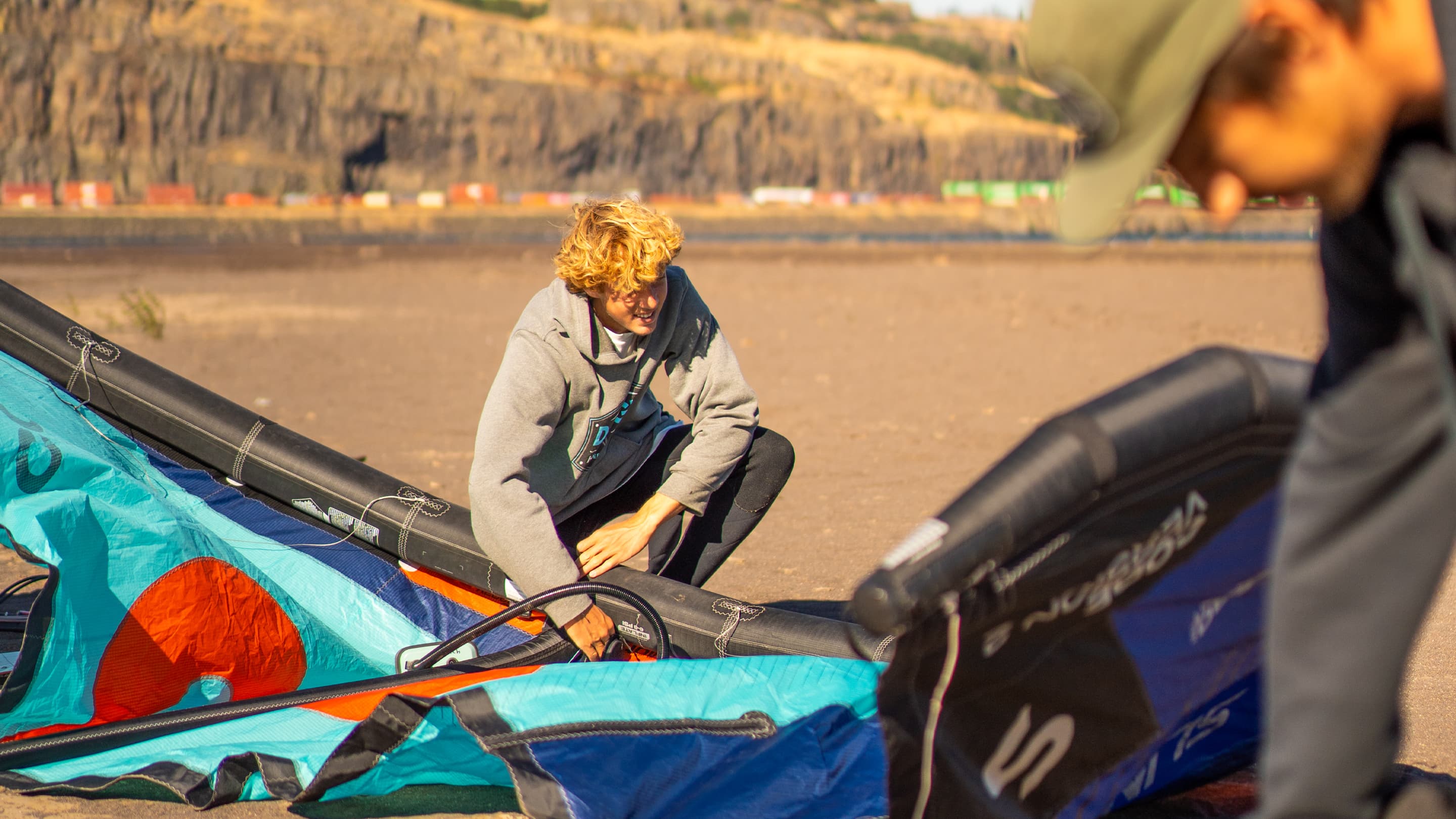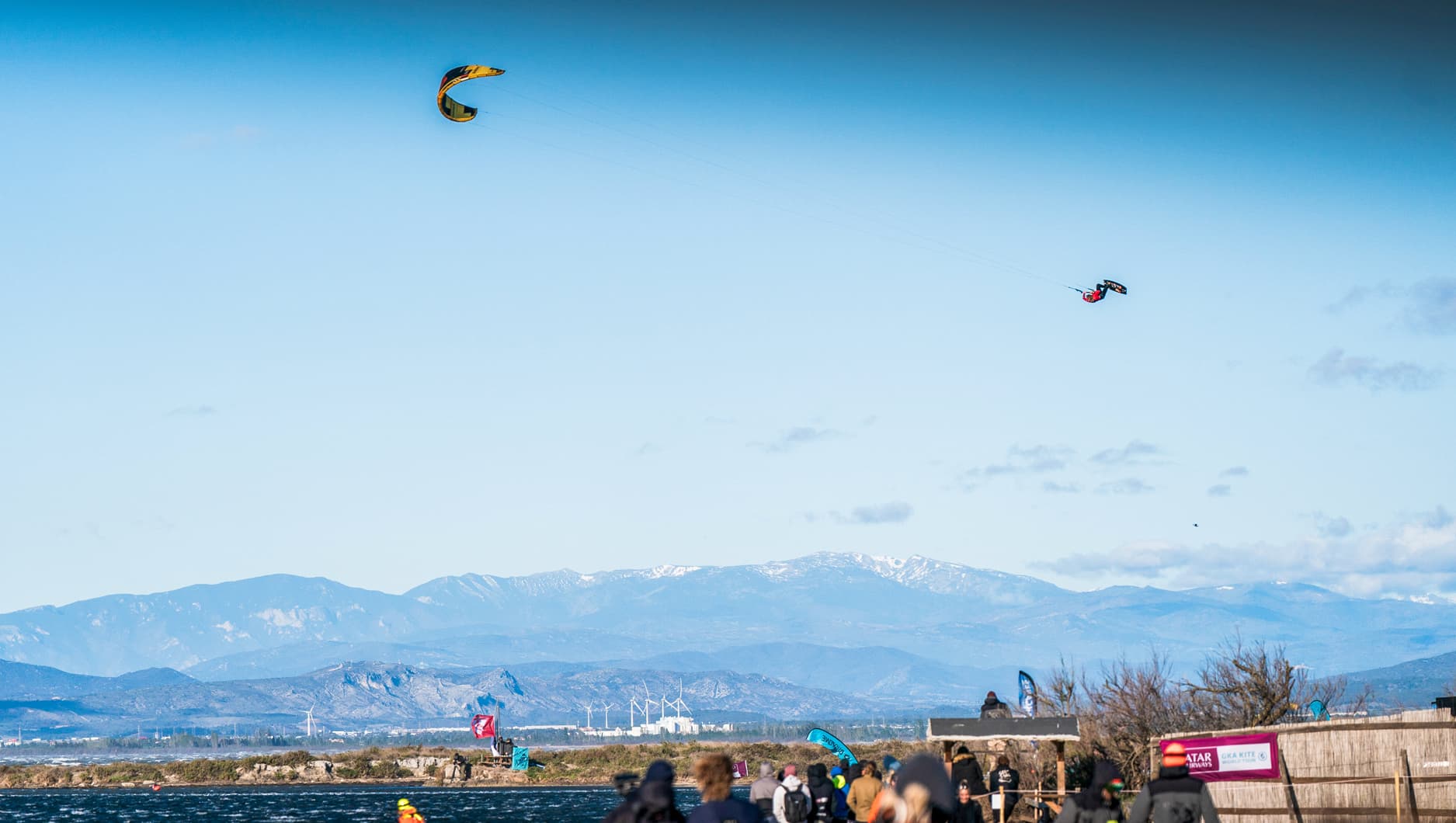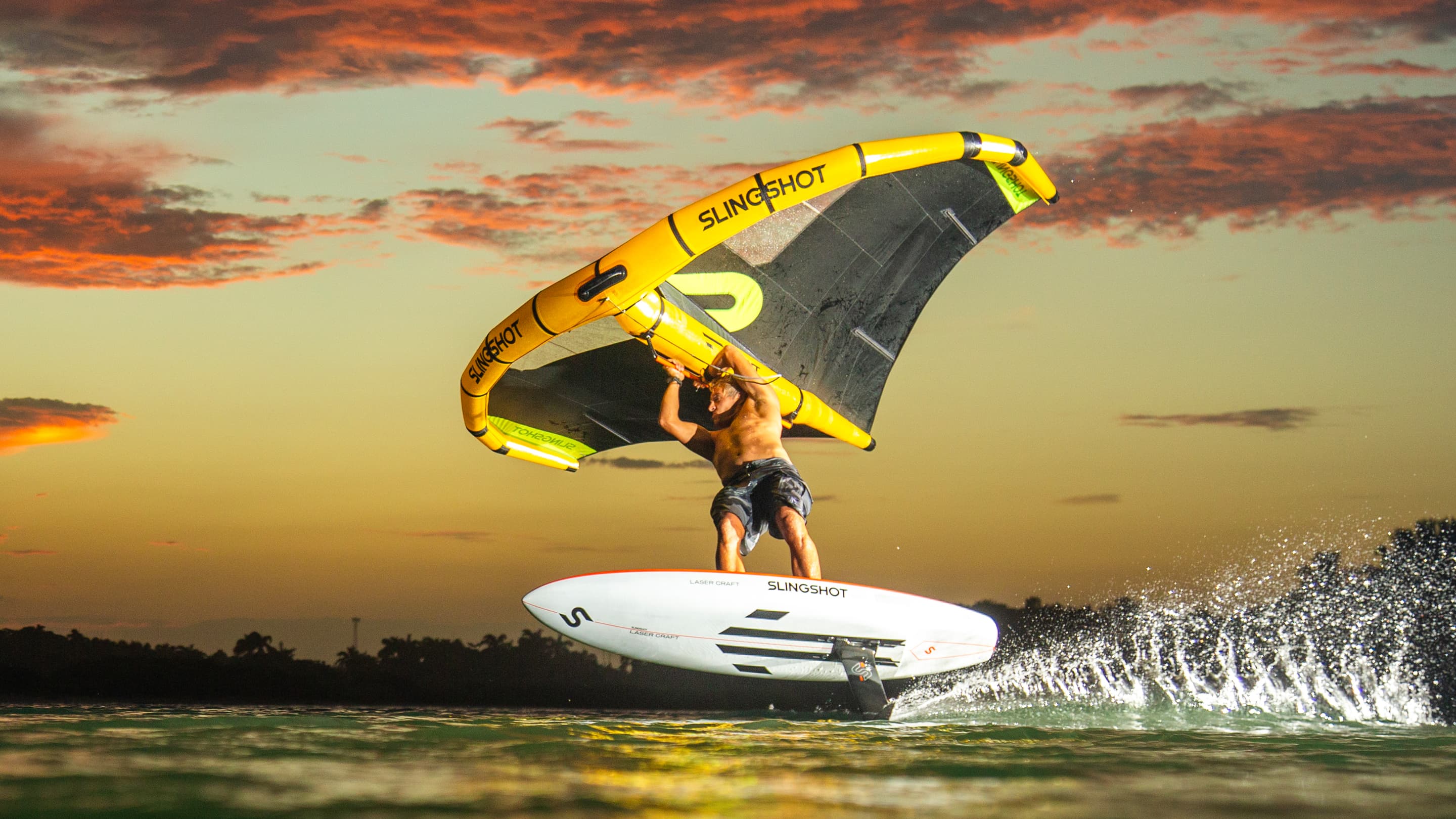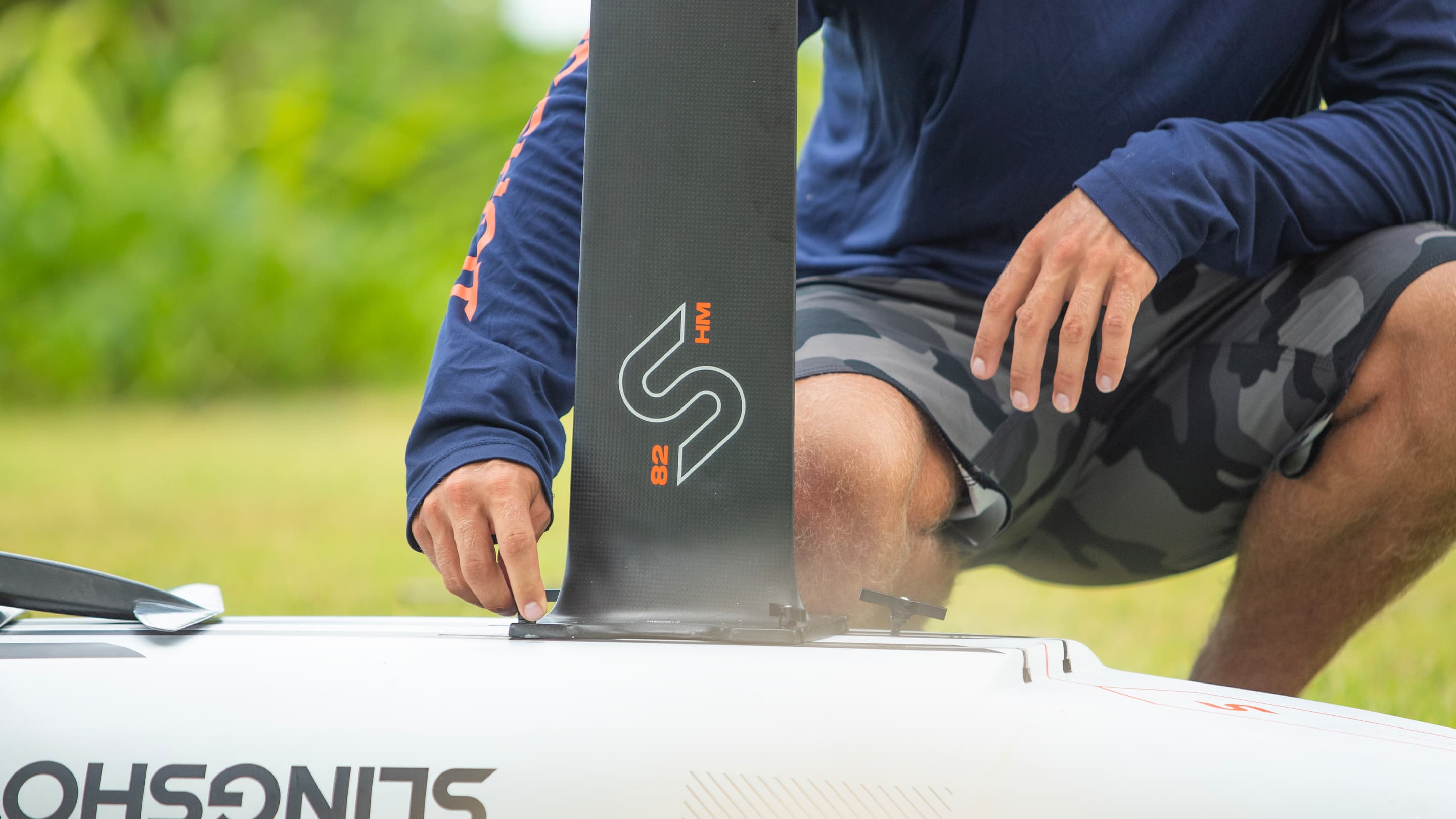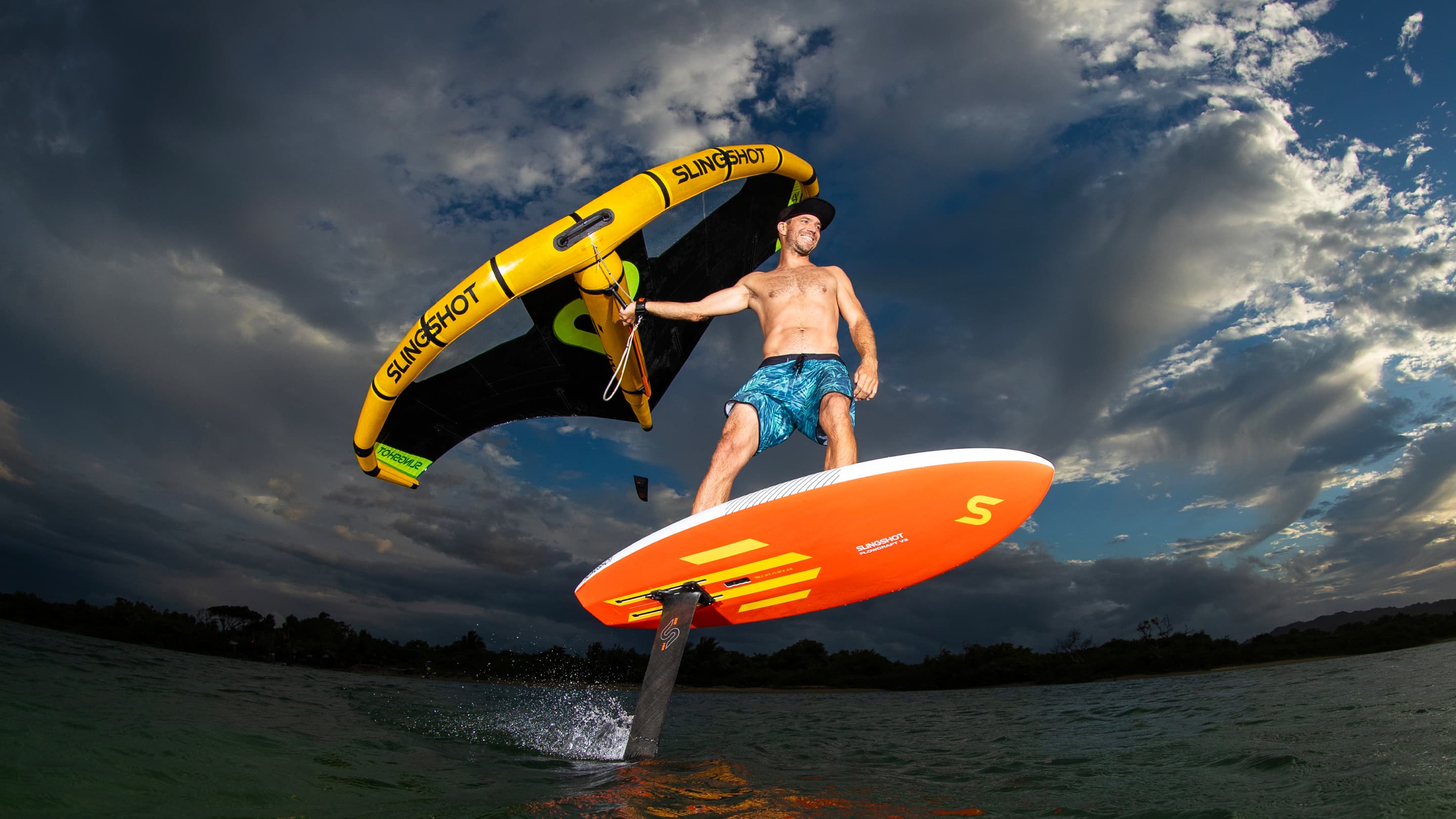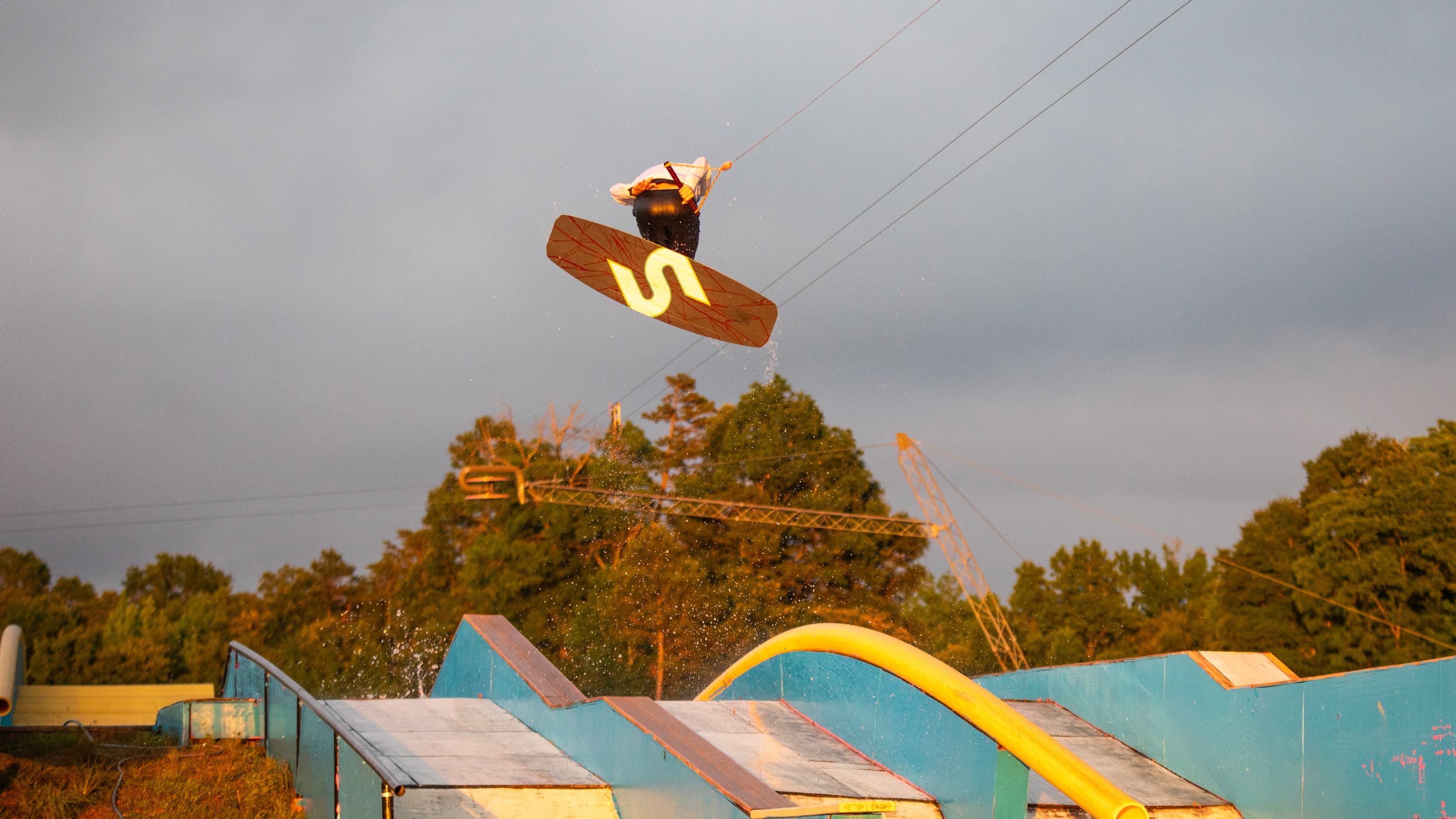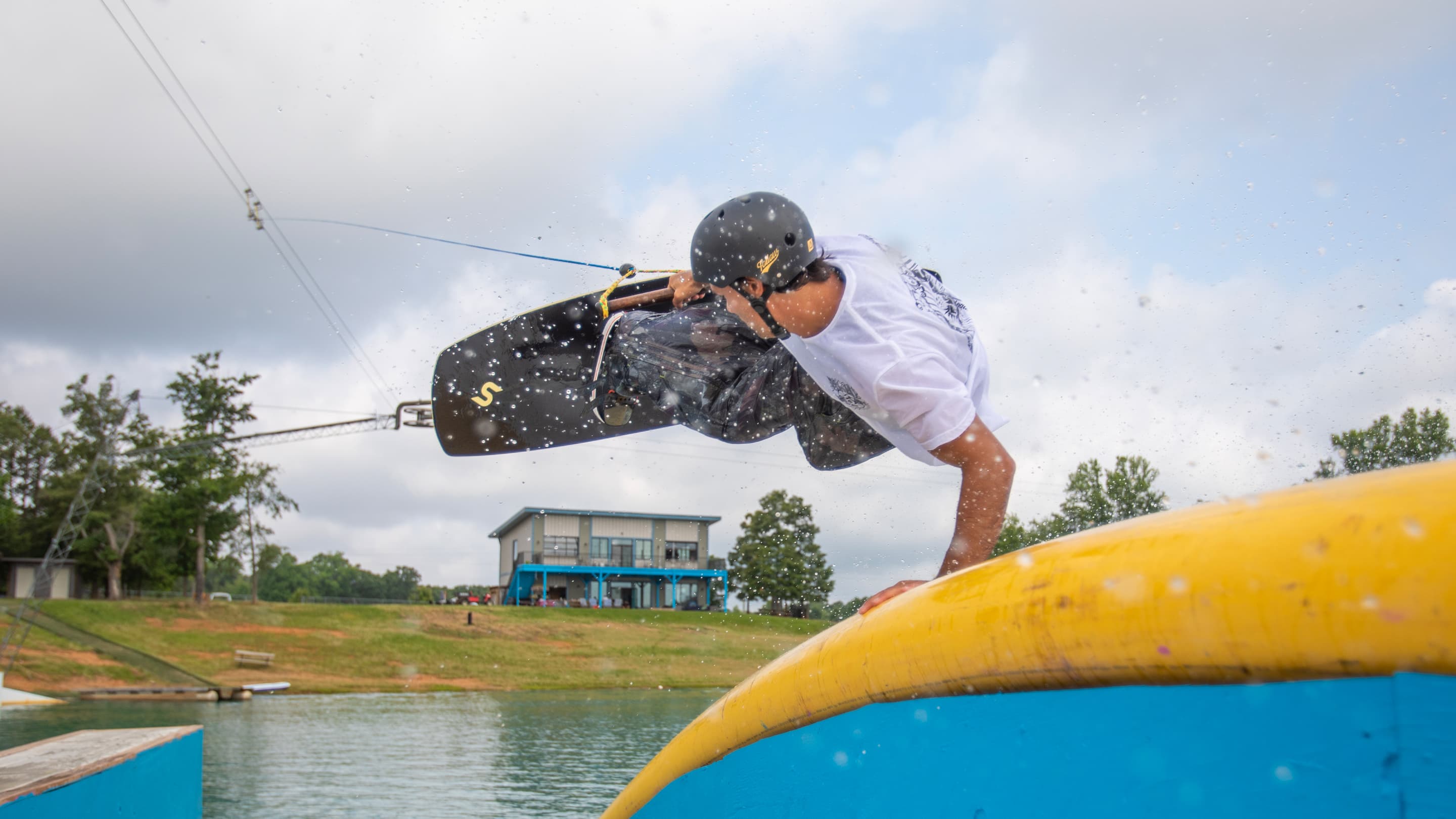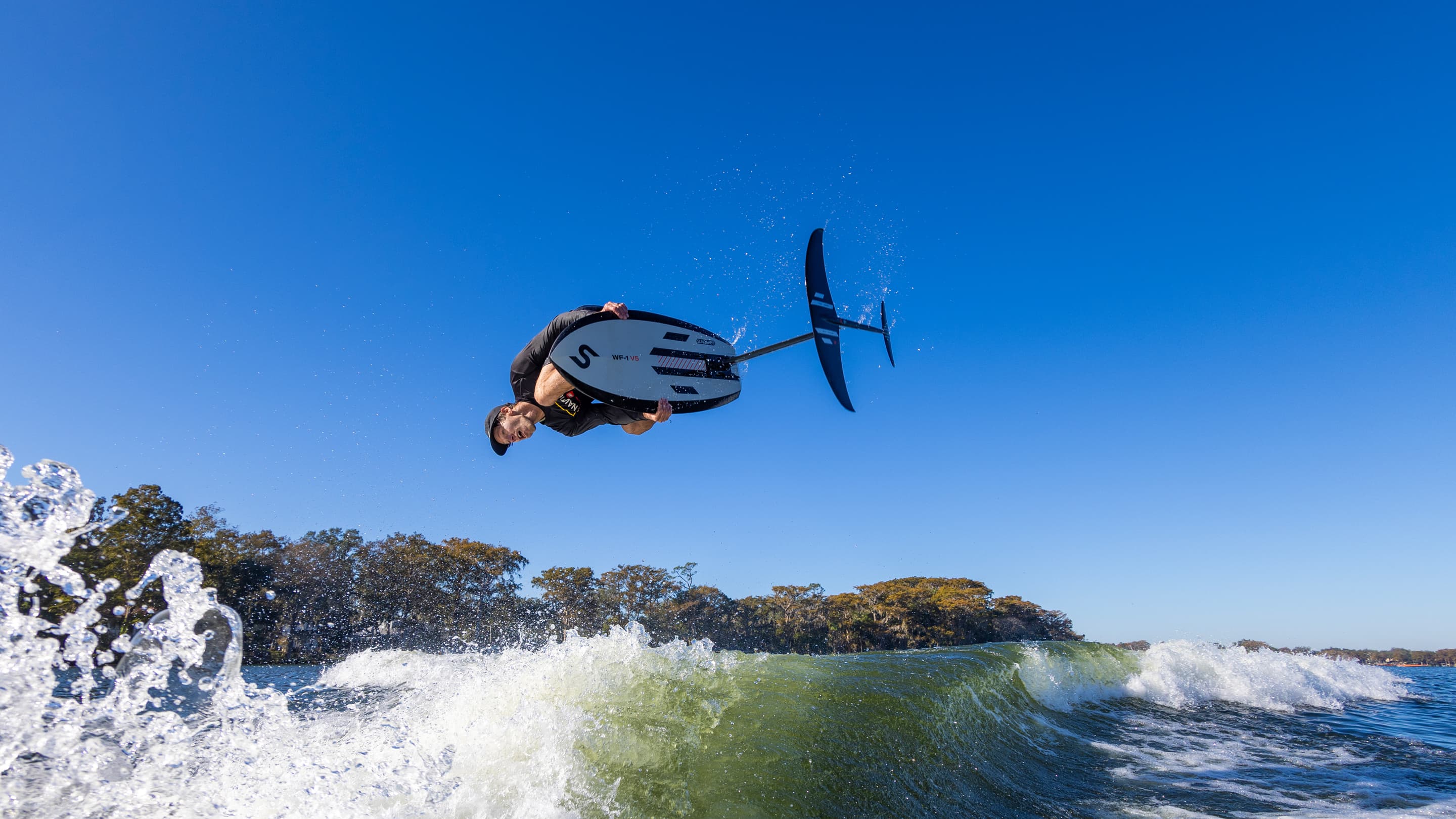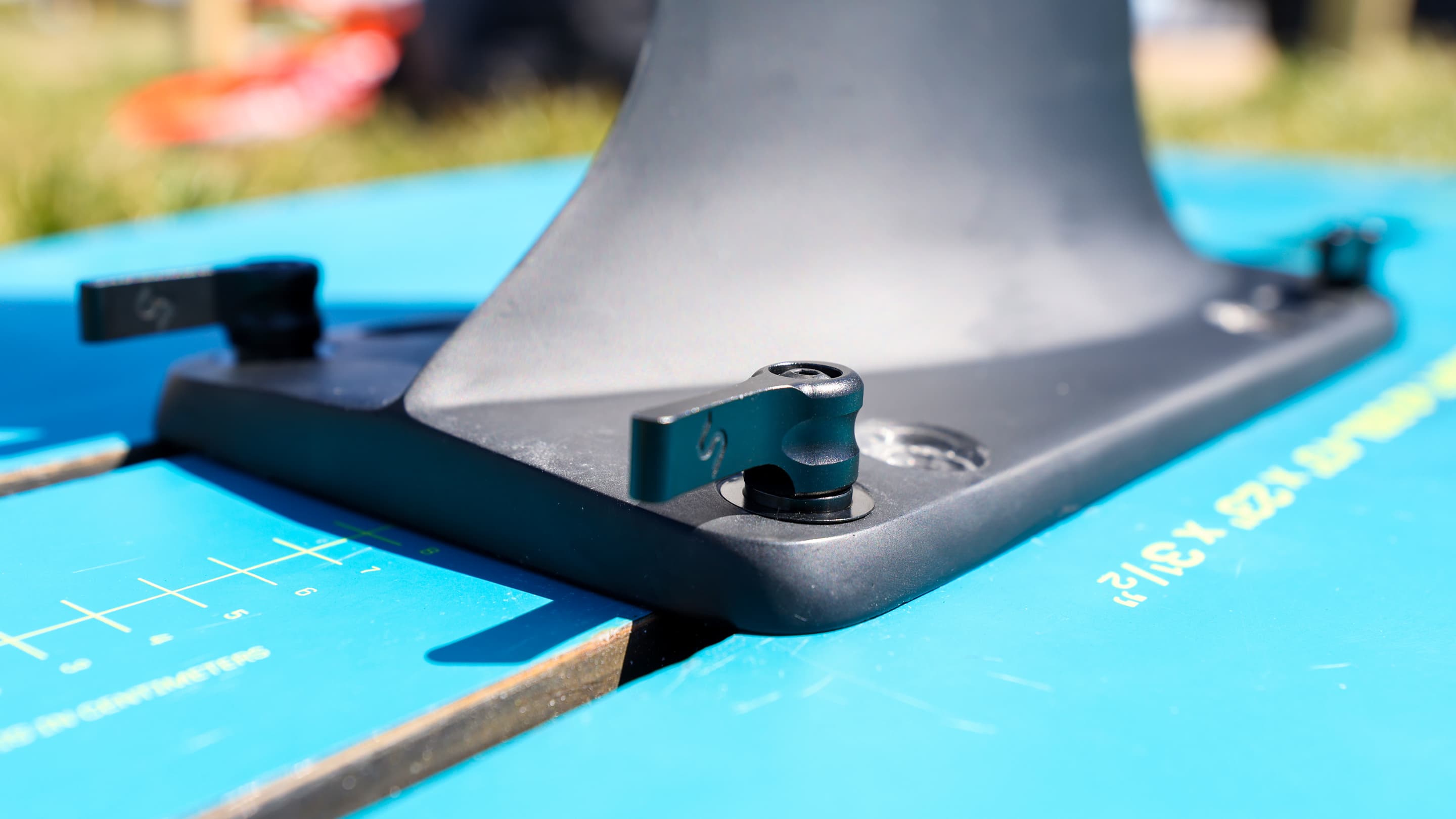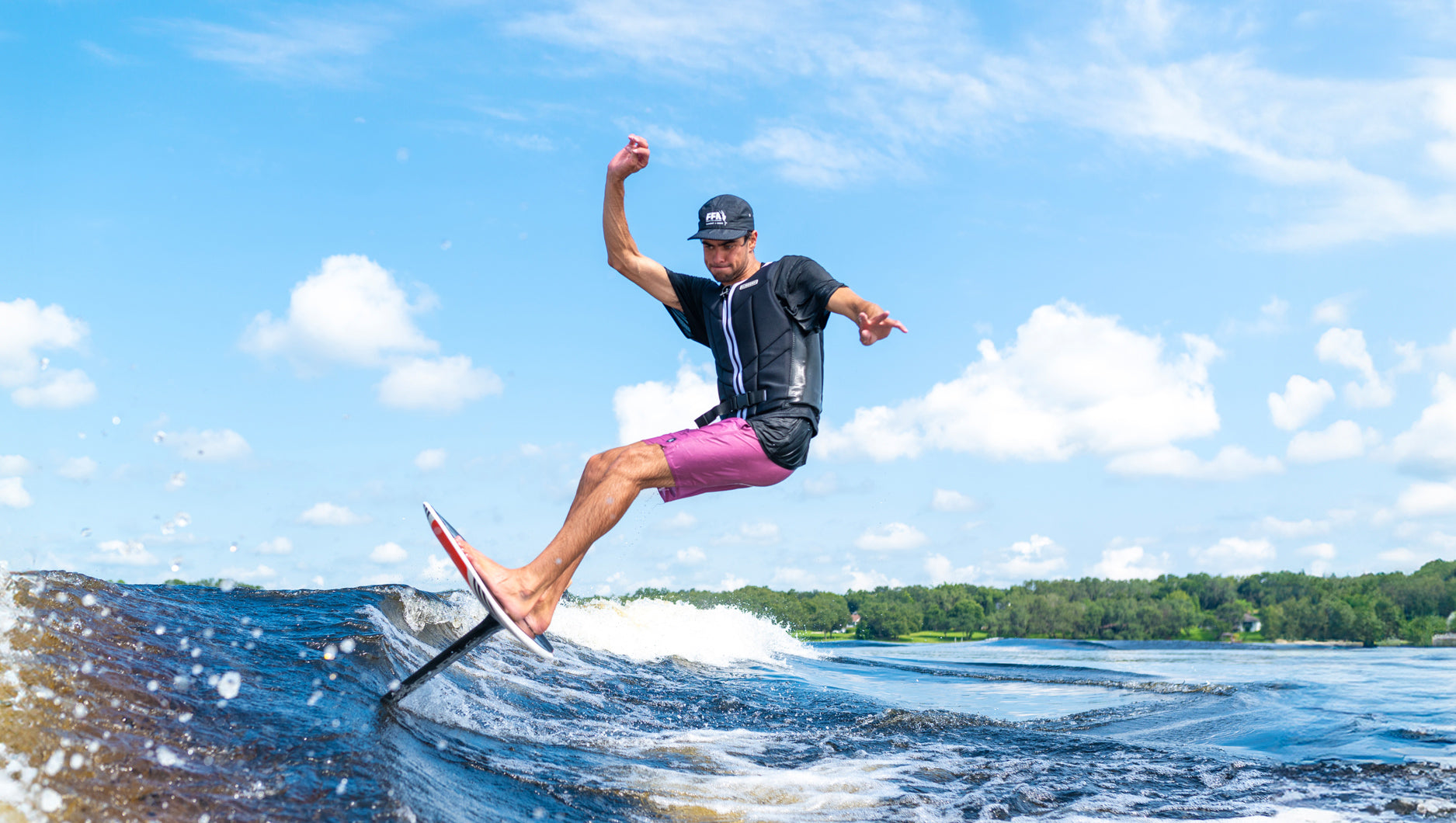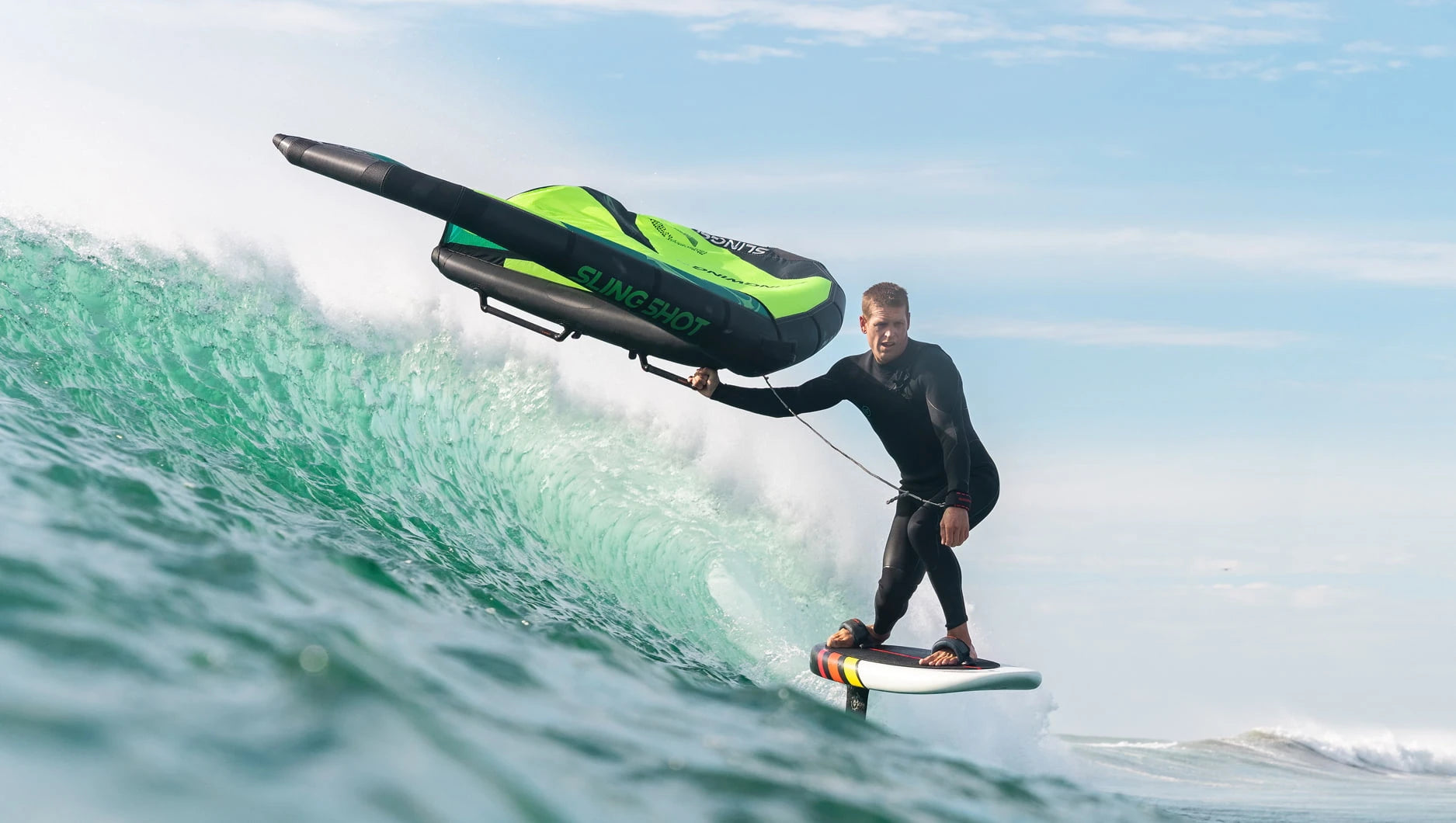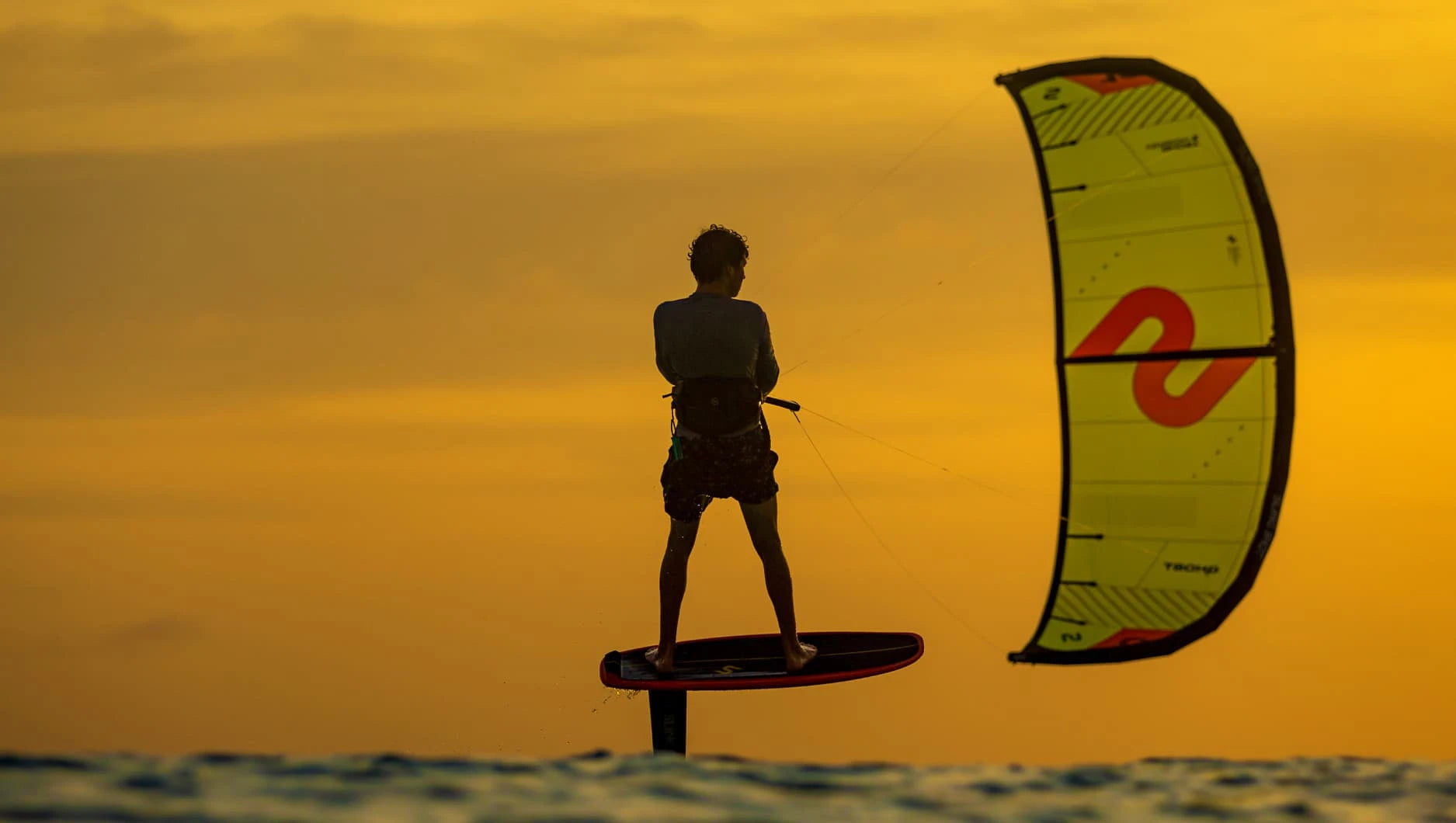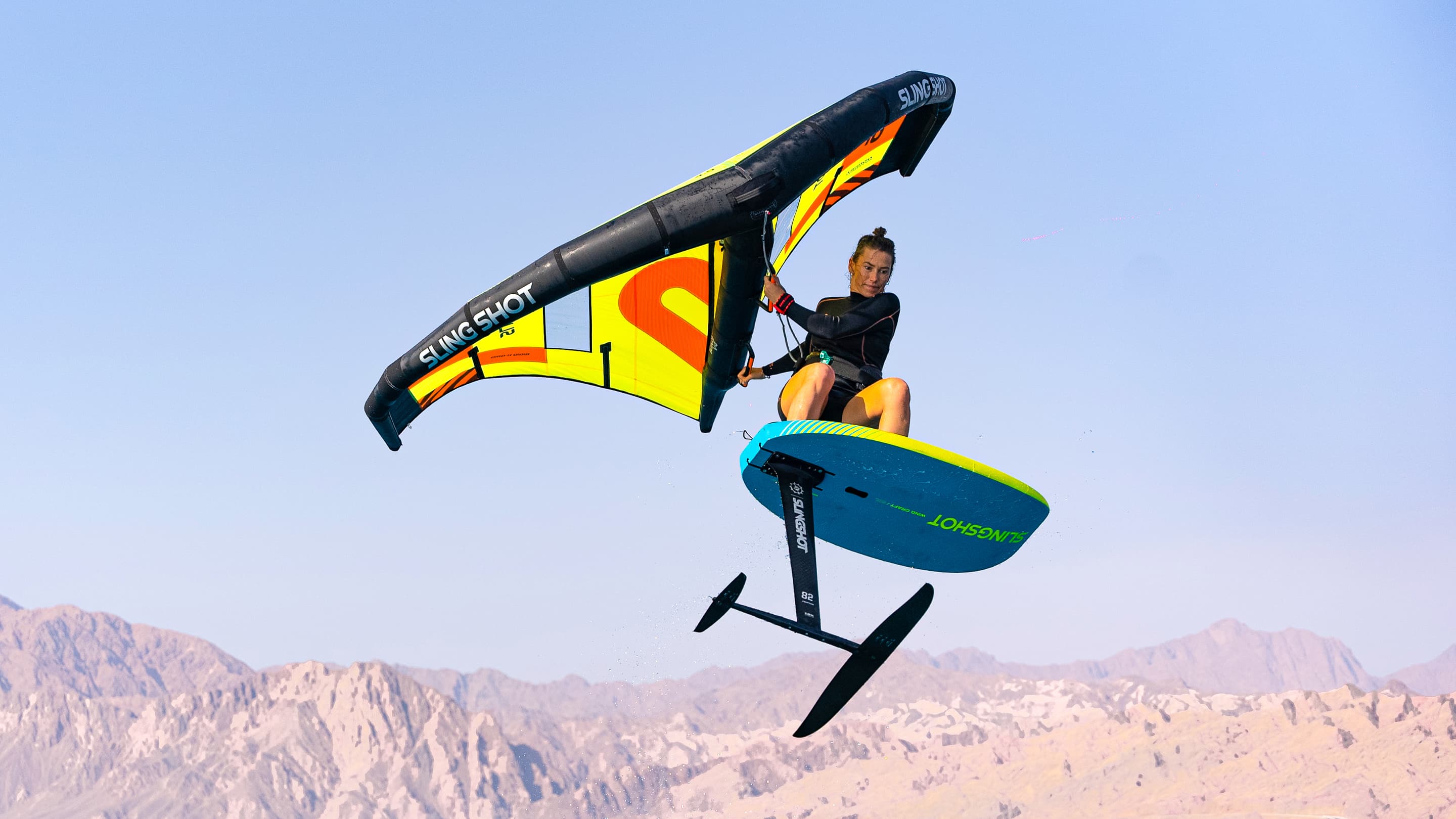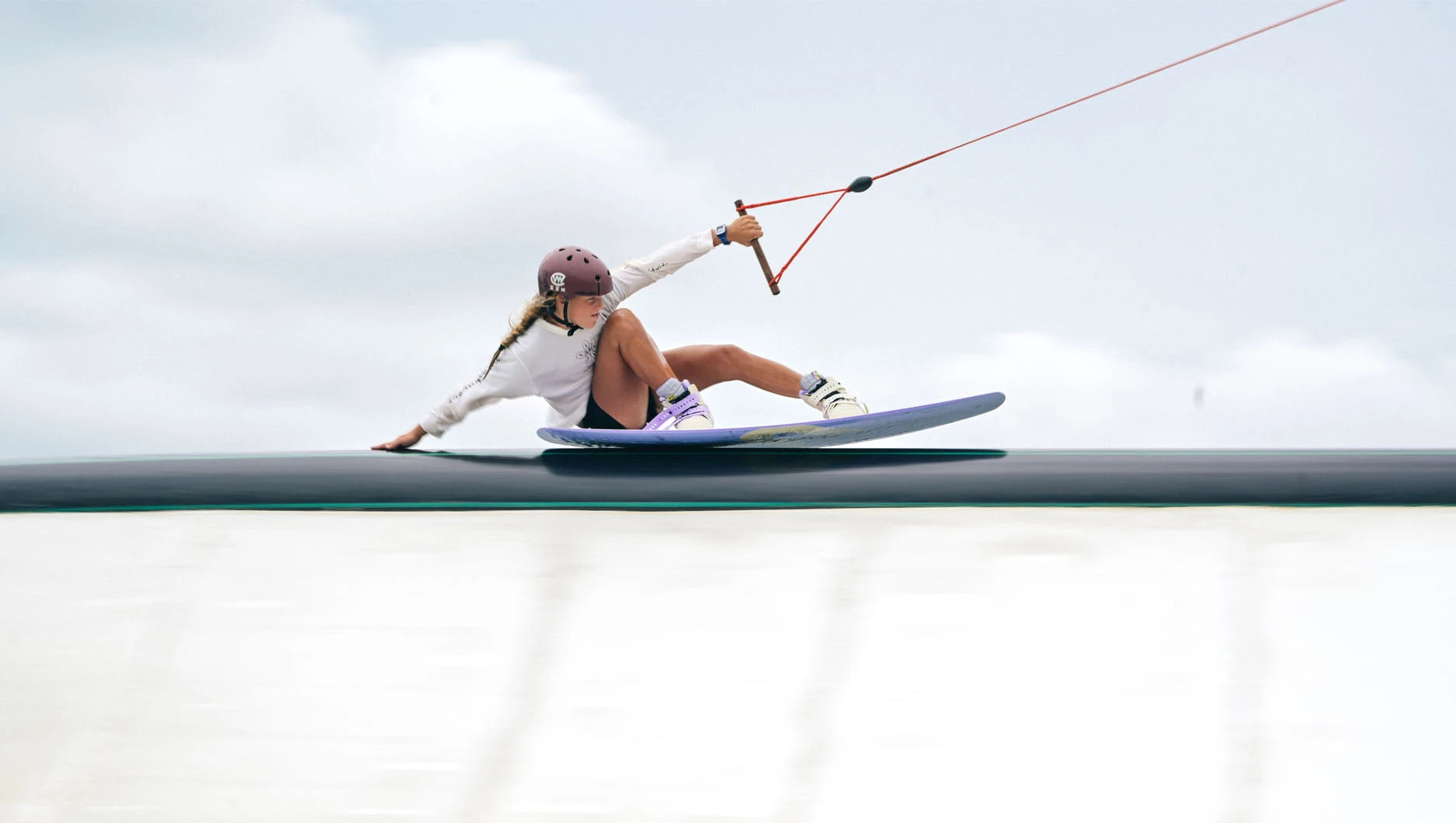Phantasm Stabilizer Step Method
Customizing your Rear Stabilizer to Suit Your Riding Style
Stabilizer Step Method
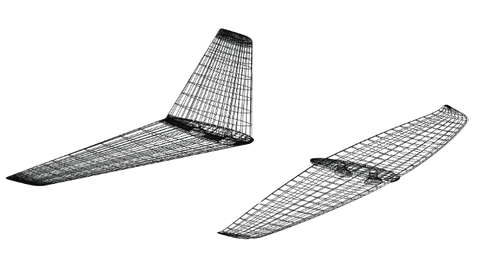
Utilizing our Stabilizer Step Method unlocks the maximum potential of our wings and stabilizers by defining a clear path for riders to follow, allowing them to grow into the performance differences one step at a time, at exactly the right time. This method matches riding skill and progression with the next front wing series or stabilizer in micro-steps. Changing a wing or stabilizer one step at a time optimizes performance at every stage of a rider's foiling journey. Alternating steps between wing and stabilizer allows riders to immediately grow into a higher level of riding while incrementally optimizing their gear's performance.
E Series - Easy Quickstart
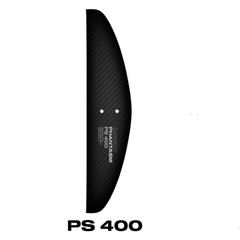
G Series - Fast-Track
The rider moves into the realm of glide. This medium-to-high-aspect front wing series maximizes pump and glide without sacrificing low-speed get-up and go. The larger wings give you more glide and increased pumping efficiency, while the smaller sizes are more reactive in the turn for tighter carving. *G Series Lower Packages come stock with 400mm Phantasm Stabilizer (PS400). Select a specific G Series front wing based on sport, rider weight, and conditions. As you progress, upgrade your stabilizer in the steps above and eventually to the PTM Series front wings.
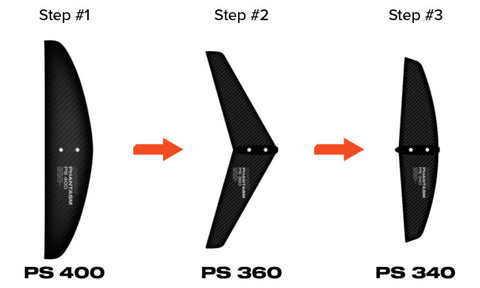
PTM Series - Total Mastery
Eventually, gliding becomes second nature. The new goal becomes maximum efficiency, carving in the glide range and beyond. This high-aspect front wing series features maximum pump and glide performance at higher speeds that would blow away the competition on a downwind race. *PTM Series Lower Packages come stock with 340mm Phantasm V-Tail Stabilizer. Select a specific PTM Series front wing based on sport, rider weight, and conditions. As you progress, upgrade your stabilizer in the steps above. *PS 325 Stabilizer - Locked in at high speed with minimal yaw.
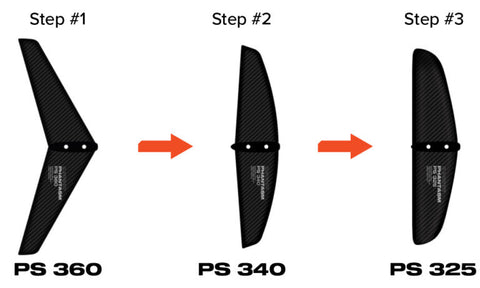
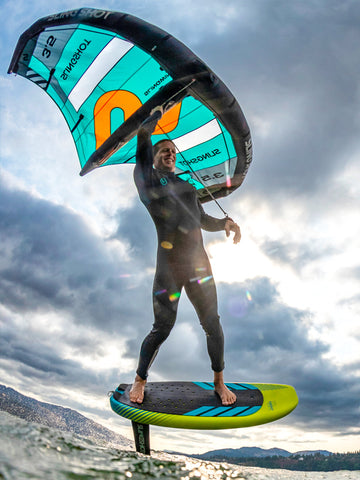
"If you want to loosen up the ride of your wide span front wing, a small flat maneuverable tail might help. Conversely, if you have a fast very twitchy front wing a tail with a lot of shaping or winglets will help add some stability to the system. There is no right or wrong answer, it's all about how you want your foil to feel given the wind and water conditions"
- Brandon Scheid
More about stabilizers
SIZE -Larger surface area tails are going to tend to be a bit more stable, ride at slower speeds, and offer a more forgiving ride feel. Smaller surface area tails are going to be faster with less drag, they are also going to be more maneuverable and sensitive to input across all axis of movement. Additionally, we have to factor in the tails aspect ratio into this “shape” idea about the tail. Lower AR tails will generally be slightly slower with a touch more drag and will often be more pitch-stable. Higher AR tails will generally be more efficient and more pitch-sensitive. However, do not confuse efficiency with speed, think less drag not necessarily faster. Just from those two characteristics, we can already determine if the foil will be fast or slow, maneuverable or stable, and draggy or efficient. SHAPE -This is going to include the sweep of the wing, the curve in the vertical direction (anhedral or dihedral), and any presence or lack of winglets. First let's talk about sweep or rake, this is the angle of the wings LE relative to a flat plane. A low sweep wing would have a very straight LE, while a high sweep wing would be more triangular shaped. Sweep helps control pitch stability, acceleration, and overall lifting surface exposed. A wing with low sweep would generally have more lift for its size(more efficient) but would not accelerate as fast as a high sweep wing. Next we can look at the vertical curve in the wings either up(smiley face) or down(frowny face) as opposed to a flat wing. Curving either way is going to add some inherent stability as any vertical component in your wing helps the wing track and locks in the wings on the yaw axis. However, wings that curve down are going to be more resistant to roll inputs making them more stable. While wings that curve up, are going to be more willing to tip side to side, thus making them slightly more reactive on the roll axis. A wing that has no curve(flat) is going to be very loose in the yaw axis as there is little there to stop it from sliding from side to side. Finally we want to look to see if there is any form of winglets. These vertically oriented surfaces help the wings track in a straight line and can help add stability to the system, especially in the yaw and roll axis. The size and angle of these winglets will change the locked in feel of the wing, generally speaking, the bigger and more vertical the more stable and locked they are. AoA - Angle of Attack. Some brands/manufacturers will set this for you and if the tail is one piece you cannot change anything. Others will provide shims and encourage you to find the right angle for you. While this may seem overly complicated, it mostly boils down to getting the foil to ride with the right foot pressure front to back given your board setup. For instance, if you are riding your foil and you're constantly pushing on your back leg to keep the foil up, you need to get more front foot pressure to achieve a balanced ride. Easiest way to do this is to move your foil forward in the track. However, what if you are already all the way forward? Or if that position throws off the board's natural water balance? That is when you could shim your tail to give you more counter pressure, thus relieving the back foot pressure. You can also use shims to “lean out” your ride, making the tail slightly more efficient, and reducing drag. You may find you need to reposition your foil when making these shimming adjustments, especially if you are riding in straps and your foot position is fixed. Again there is no right or wrong answer to this problem, just slowly build your knowledge of what helps get the foil to ride the way you want it. I would personally suggest you take your time with shimming and work on dialing in your front wing/stabilizer combo first before going down the shim wormhole.
